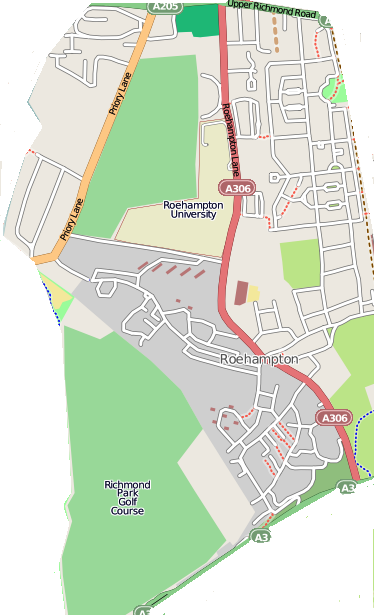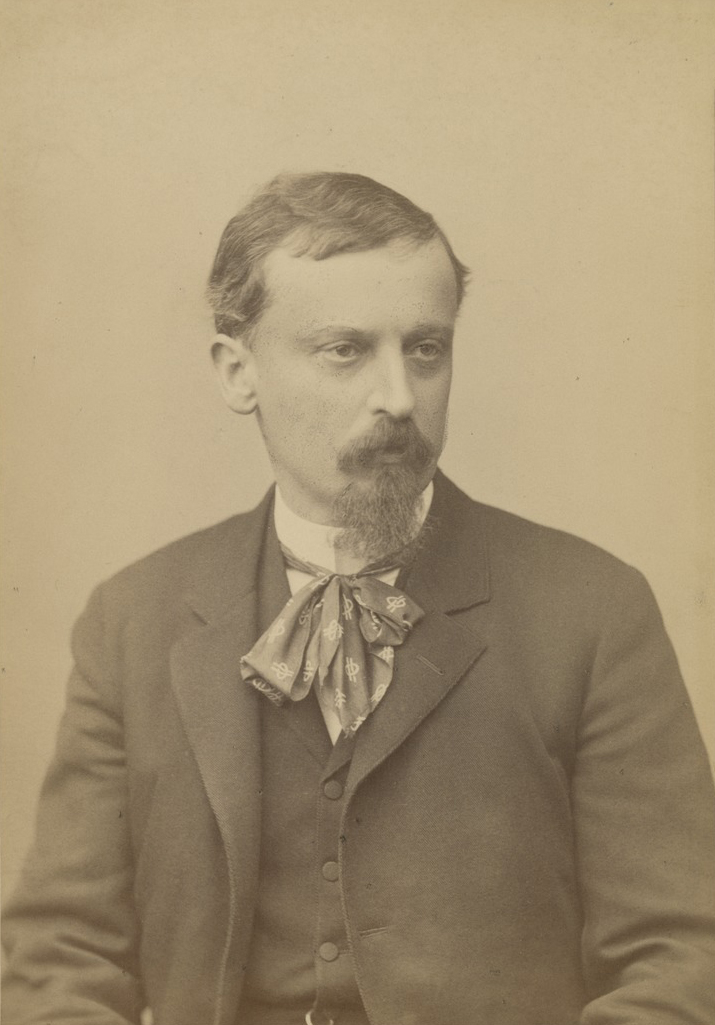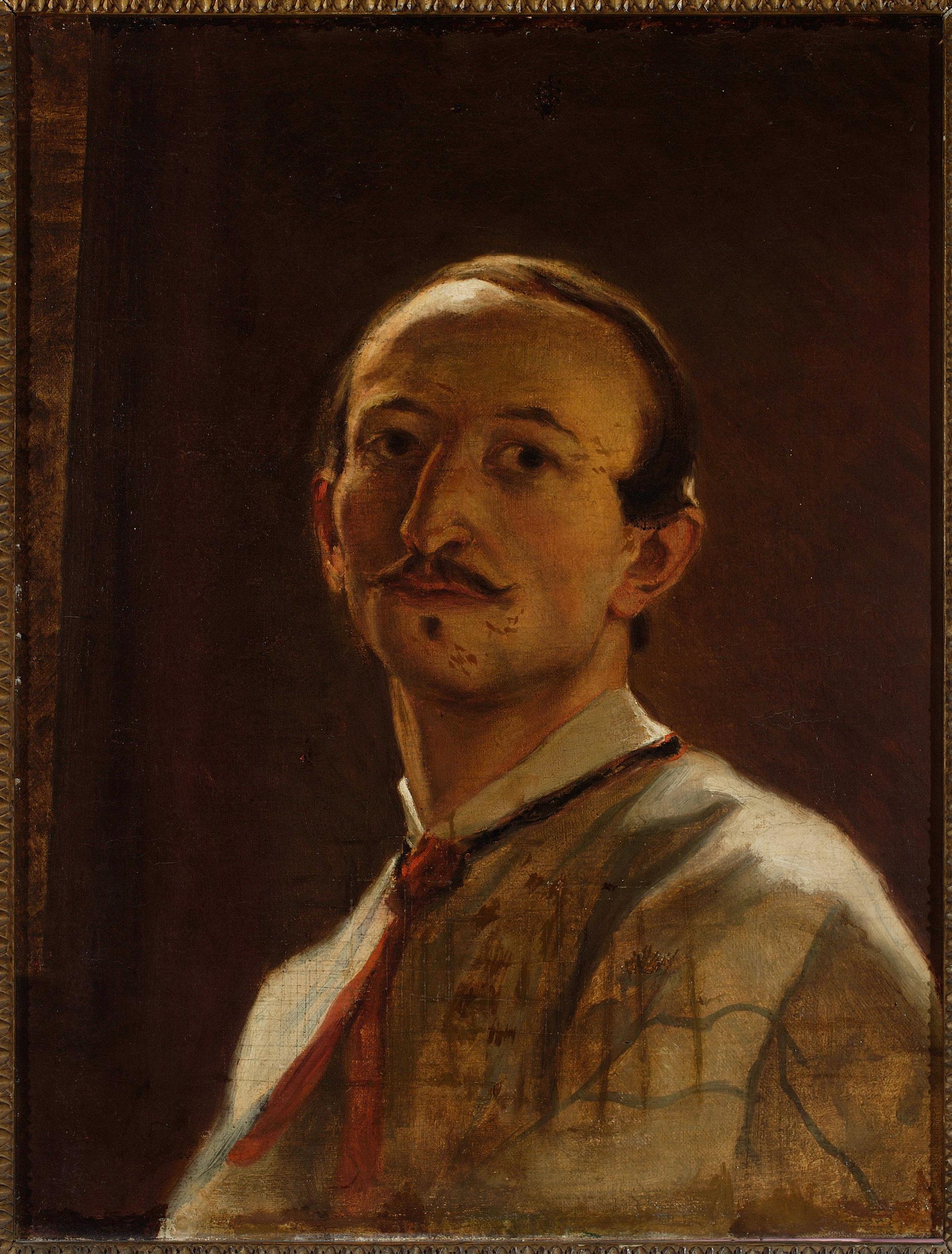|
Monica Mary Gardner
Monica Mary Gardner (26 June 1873 – 16 April 1941) was an English writer on Poland and Polish writers and a translator of Polish literature. Life and work Gardner was born in 1873 at Roehampton Lane, Roehampton, Surrey. the eldest of the six children of John Gardner, a member of the stock exchange, and his wife Amy Vernon Garratt. Her brother was the Italian scholar Edmund Garratt Gardner.Gerald Stone, 'Gardner, Monica Mary (1873–1941)', ''Oxford Dictionary of National Biography'', Oxford University Press, 200accessed 30 Nov 2015/ref> Gardner studied the Polish language and literature after being intrigued at school by Bonnie Prince Charlie's mother who was the Polish aristocrat Clementina Sobieska. In 1899 she began to get assistance in her obsession for Polish and Poland by the writer Edmund Naganowski. He was able to support her until the First World War prevented further communication. Naganowski was to die in 1915. Gardner taught herself how to research sources in Poli ... [...More Info...] [...Related Items...] OR: [Wikipedia] [Google] [Baidu] |
Roehampton
Roehampton is an area in southwest London, in the Putney SW15 postal district, and takes up a far western strip running north to south of the London Borough of Wandsworth. It contains a number of large council house estates and is home to the University of Roehampton. Etymology The ''Roe'' in Roehampton's name is thought to refer to the large number of rooks that still inhabit the area. Location Roehampton is centred about 6.3 miles (roughly 10 km) south-west of Charing Cross. It occupies high land, with Barnes to the north, Putney and Putney Heath to the east, and Richmond Park and Richmond Park Golf Course to the west. To the south is Roehampton Vale, that straddles the A3, with Wimbledon Common and Putney Vale beyond. History Roehampton was originally a small village – with only 14 houses during the reign of Henry VII – with the area largely forest and heath. The population gradually increased in the 18th and 19th centuries as it became a favoured residential ou ... [...More Info...] [...Related Items...] OR: [Wikipedia] [Google] [Baidu] |
Henryk Sienkiewicz
Henryk Adam Aleksander Pius Sienkiewicz ( , ; 5 May 1846 – 15 November 1916), also known by the pseudonym Litwos (), was a Polish writer, novelist, journalist and Nobel Prize laureate. He is best remembered for his historical novels, especially for his internationally known best-seller ''Quo Vadis'' (1896). Born into an impoverished Polish noble family in Russian-ruled Congress Poland, in the late 1860s he began publishing journalistic and literary pieces. In the late 1870s he traveled to the United States, sending back travel essays that won him popularity with Polish readers. In the 1880s he began serializing novels that further increased his popularity. He soon became one of the most popular Polish writers of the turn of the 19th and 20th centuries, and numerous translations gained him international renown, culminating in his receipt of the 1905 Nobel Prize in Literature for his "outstanding merits as an epic writer." Many of his novels remain in print. In Poland he is ... [...More Info...] [...Related Items...] OR: [Wikipedia] [Google] [Baidu] |
Writers From London
A writer is a person who uses written words in different writing styles and techniques to communicate ideas. Writers produce different forms of literary art and creative writing such as novels, short stories, books, poetry, travelogues, plays, screenplays, teleplays, songs, and essays as well as other reports and news articles that may be of interest to the general public. Writers' texts are published across a wide range of media. Skilled writers who are able to use language to express ideas well, often contribute significantly to the cultural content of a society. The term "writer" is also used elsewhere in the arts and music, such as songwriter or a screenwriter, but also a stand-alone "writer" typically refers to the creation of written language. Some writers work from an oral tradition. Writers can produce material across a number of genres, fictional or non-fictional. Other writers use multiple media such as graphics or illustration to enhance the communication o ... [...More Info...] [...Related Items...] OR: [Wikipedia] [Google] [Baidu] |
1941 Deaths
Events Below, the events of World War II have the "WWII" prefix. January * January–August – 10,072 men, women and children with mental and physical disabilities are asphyxiated with carbon monoxide in a gas chamber, at Hadamar Euthanasia Centre in Germany, in the first phase of mass killings under the Action T4 program here. * January 1 – Thailand's Prime Minister Plaek Phibunsongkhram decrees January 1 as the official start of the Thai solar calendar new year (thus the previous year that began April 1 had only 9 months). * January 3 – A decree (''Normalschrifterlass'') promulgated in Germany by Martin Bormann, on behalf of Adolf Hitler, requires replacement of blackletter typefaces by Antiqua. * January 4 – The short subject ''Elmer's Pet Rabbit'' is released, marking the second appearance of Bugs Bunny, and also the first to have his name on a title card. * January 5 – WWII: Battle of Bardia in Libya: Australian and British troops de ... [...More Info...] [...Related Items...] OR: [Wikipedia] [Google] [Baidu] |
1873 Births
Events January–March * January 1 ** Japan adopts the Gregorian calendar. ** The California Penal Code goes into effect. * January 17 – American Indian Wars: Modoc War: First Battle of the Stronghold – Modoc Indians defeat the United States Army. * February 11 – The Spanish Cortes deposes King Amadeus I, and proclaims the First Spanish Republic. * February 12 ** Emilio Castelar, the former foreign minister, becomes prime minister of the new Spanish Republic. ** The Coinage Act of 1873 in the United States is signed into law by President Ulysses S. Grant; coming into effect on April 1, it ends bimetallism in the U.S., and places the country on the gold standard. * February 20 ** The University of California opens its first medical school in San Francisco. ** British naval officer John Moresby discovers the site of Port Moresby, and claims the land for Britain. * March 3 – Censorship: The United States Congress enacts the Comstock Law, making it ... [...More Info...] [...Related Items...] OR: [Wikipedia] [Google] [Baidu] |
Artur Grottger
Artur Grottger (11 November 1837 – 13 December 1867) was a Polish Romantic painter and graphic artist, one of the most prominent artists of the mid 19th century under the foreign partitions of Poland, despite a life cut short by incurable illness. Biography Grottger was born in Ottyniowice, Eastern Galicia (now Otynevychi, Ukraine) to Jan Józef Grottger, a Polish officer commanding the Uhlans' Regiment called ''Warszawskie Dzieci'' (the Warsaw Children) during the failed November Uprising against the Russians (1831); an amateur artist himself, with many areas of passion. At age 11, Artur Grottger was sent from a quiet estate to study painting in Lwów under the apprenticeship of Jan Kanty Maszkowski (1848–1852), (together with Stanisław Tarnowski) and (briefly) Juliusz Kossak. In 1852 he embarked on a journey to Kraków (then in the Austrian Partition) to attend classes at the Jan Matejko Academy of Fine Arts. He studied under Władysław Łuszczkiewicz and Wojciech ... [...More Info...] [...Related Items...] OR: [Wikipedia] [Google] [Baidu] |
Władysław Raczkiewicz
Władysław Raczkiewicz (; 28 January 1885 – 6 June 1947) was a Polish politician, lawyer, diplomat and President of Poland- in-exile from 1939 until his death in 1947. Until 1945, he was the internationally recognized Polish head of state, and the Polish government in exile was recognized as the continuation of the Polish government of 1939. Early life and studies Władysław Raczkiewicz was born in Kutaisi, the second-largest city in Georgia, at that time part of the Russian Empire to Polish parents Józef Raczkiewicz, a court judge, and Ludwika Łukaszewicz. He studied in Saint Petersburg where he joined the Polish Youth Organization. After graduating from the Faculty of Law at the University of Dorpat he was employed as a lawyer in Minsk. Upon the outbreak of World War I he served in the Russian Imperial Army, but after the Russian Revolution he joined the vanguard for Polish independence. Serving as the head of the ''Naczelny Polski Komitet Wojskowy'', he helped to ... [...More Info...] [...Related Items...] OR: [Wikipedia] [Google] [Baidu] |
Kraków
Kraków (), or Cracow, is the second-largest and one of the oldest cities in Poland. Situated on the Vistula River in Lesser Poland Voivodeship, the city dates back to the seventh century. Kraków was the official capital of Poland until 1596 and has traditionally been one of the leading centres of Polish academic, economic, cultural and artistic life. Cited as one of Europe's most beautiful cities, its Old Town with Wawel Royal Castle was declared a UNESCO World Heritage Site in 1978, one of the first 12 sites granted the status. The city has grown from a Stone Age settlement to Poland's second-most-important city. It began as a hamlet on Wawel Hill and was reported by Ibrahim Ibn Yakoub, a merchant from Cordoba, as a busy trading centre of Central Europe in 985. With the establishment of new universities and cultural venues at the emergence of the Second Polish Republic in 1918 and throughout the 20th century, Kraków reaffirmed its role as a major national academic and a ... [...More Info...] [...Related Items...] OR: [Wikipedia] [Google] [Baidu] |
Poland
Poland, officially the Republic of Poland, is a country in Central Europe. It is divided into 16 administrative provinces called voivodeships, covering an area of . Poland has a population of over 38 million and is the fifth-most populous member state of the European Union. Warsaw is the nation's capital and largest metropolis. Other major cities include Kraków, Wrocław, Łódź, Poznań, Gdańsk, and Szczecin. Poland has a temperate transitional climate and its territory traverses the Central European Plain, extending from Baltic Sea in the north to Sudeten and Carpathian Mountains in the south. The longest Polish river is the Vistula, and Poland's highest point is Mount Rysy, situated in the Tatra mountain range of the Carpathians. The country is bordered by Lithuania and Russia to the northeast, Belarus and Ukraine to the east, Slovakia and the Czech Republic to the south, and Germany to the west. It also shares maritime boundaries with Denmark and Sweden. ... [...More Info...] [...Related Items...] OR: [Wikipedia] [Google] [Baidu] |
Poznań
Poznań () is a city on the River Warta in west-central Poland, within the Greater Poland region. The city is an important cultural and business centre, and one of Poland's most populous regions with many regional customs such as Saint John's Fair (''Jarmark Świętojański''), traditional Saint Martin's croissants and a local dialect. Among its most important heritage sites are the Renaissance Old Town, Town Hall and Gothic Cathedral. Poznań is the fifth-largest and one of the oldest cities in Poland. As of 2021, the city's population is 529,410, while the Poznań metropolitan area (''Metropolia Poznań'') comprising Poznań County and several other communities is inhabited by over 1.1 million people. It is one of four historical capitals of medieval Poland and the ancient capital of the Greater Poland region, currently the administrative capital of the province called Greater Poland Voivodeship. Poznań is a center of trade, sports, education, technology and touri ... [...More Info...] [...Related Items...] OR: [Wikipedia] [Google] [Baidu] |





